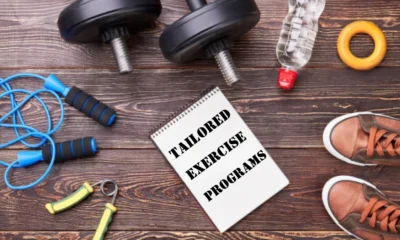EXERCISE
Mastering the Row Bench: A Complete Guide for Beginners
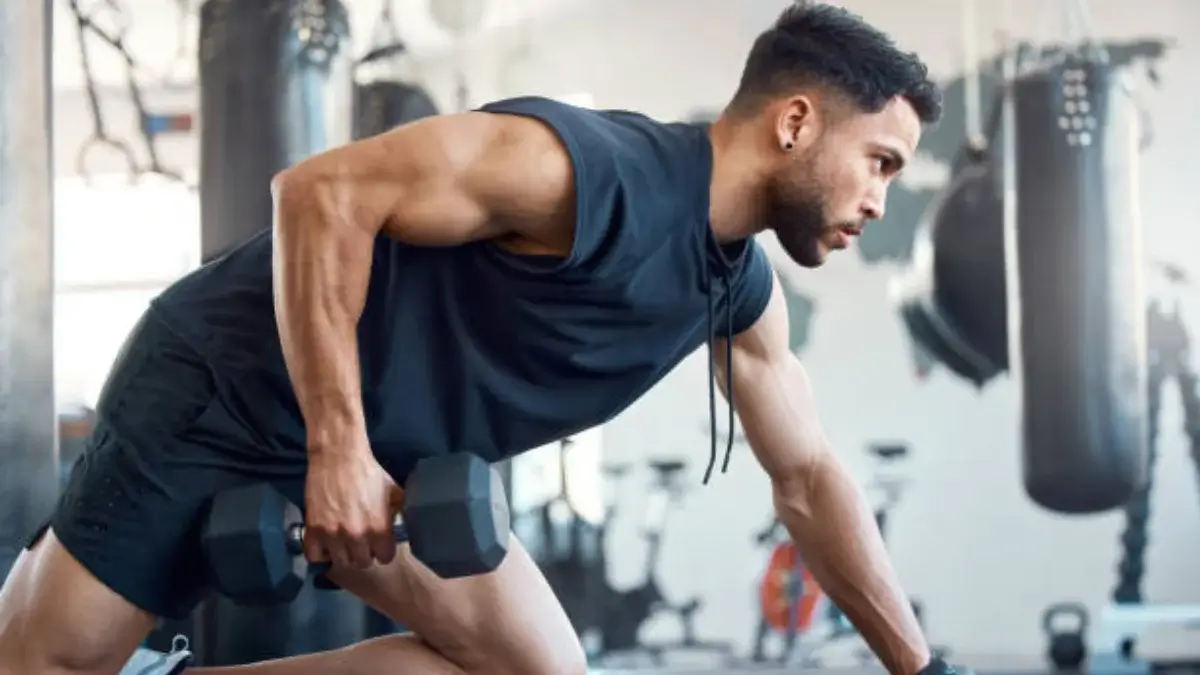
Are you prepared to step up your workout routine? Stop searching and get a Row Bench instead! An effective full-body workout that targets every muscle in your body may be yours with this convenient piece of training equipment.
Table of Contents
What is a Row Bench?
The rowing bench is a versatile gym apparatus that eases all kinds of rowing exercises with the involvement of several muscle groups: the back, shoulders, arms, and core. It is very essential for the development of upper body power and posture, as the rowing actions diversify the workout, making it avoid muscle imbalance. Whether beginner or advanced, row benches offer scalability and proper form to minimize injury risk.
Understanding the Muscles Used in a Row Bench
- It works primarily on the muscles of the back, including the latissimus dorsi, rhomboids, and traps.
- Additionally, the biceps and forearms also come into play during a row bench workout as they assist in pulling the weight towards you.
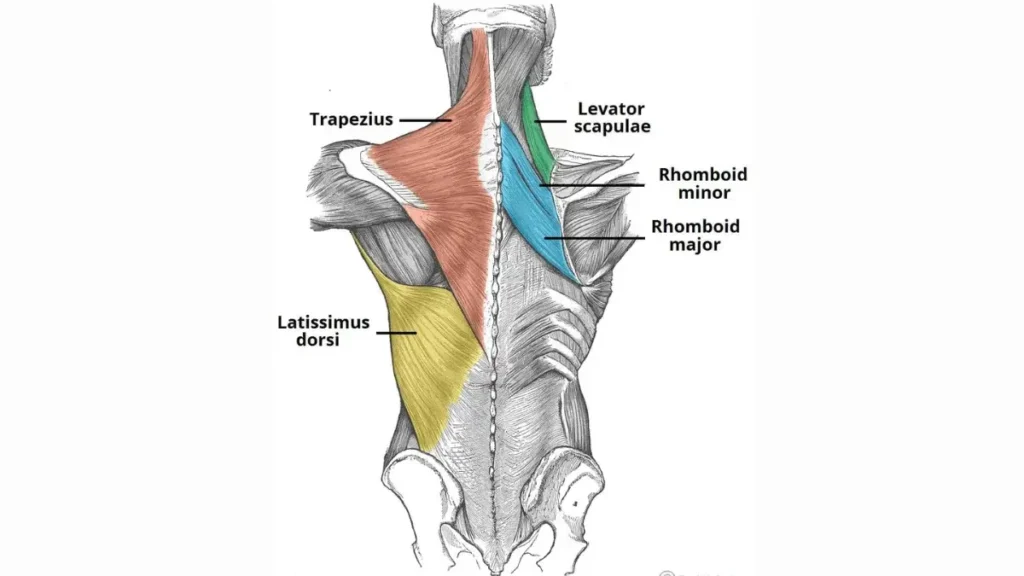
Why It is important?
- Targets multiple muscle groups simultaneously.
- Enhances strength, endurance, and overall fitness.
- Engages upper and lower body muscles in a single movement.
- Improves coordination and stability.
- Leads to better posture by strengthening back muscles and core.
- Promotes symmetry and proportionate strength development.
- Helps prevent imbalances between different muscle groups.
Benefits of Using a Row Bench
- Engages multiple muscle groups simultaneously, improving posture and functional movements.
- Increases upper body strength, enhancing performance in various activities.
- Enhances coordination and stability through controlled movement during rowing motions.
- Allows for customization based on fitness level and goals, catering to individuals at all fitness stages.
Types of Row Benches and Their Functions
- The basic flat bench is versatile for a variety of exercises, including rows, making it a staple in many home gyms.
- Adjustable row benches offer the flexibility to incline or decline the bench, allowing for targeting specific muscle groups with different angles.
- A seated row machine mimics the motion of rowing while providing stability and support for proper form. This type of equipment is great for beginners looking to build strength and improve posture.
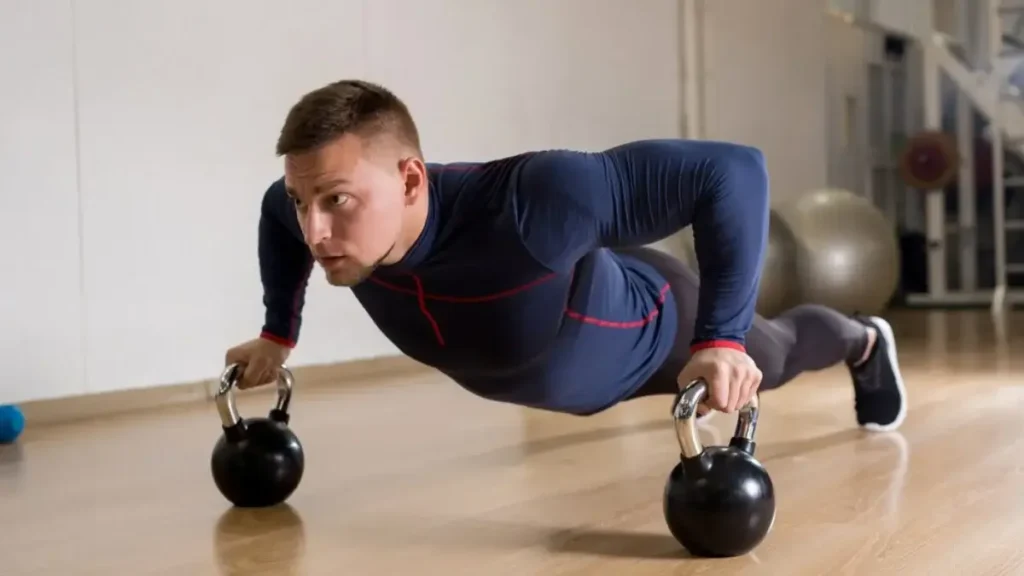
- Cable row machines provide constant tension throughout the movement, engaging muscles effectively while promoting balance and coordination.
Essential Equipment for a Row Bench Workout
To master the workout, row bench, make sure that you have stable and adjustable row benches. The others are resistance bands, pairs of dumbbells, pairs of kettlebells in multiples, and supportive athletic shoes. For example, select bands with different resistance levels to target particular muscle groups or increase your level of resistance. A set of dumbbells or a kettlebell will allow you to change movements: rows, curls, presses. Be sure you wear good, safe shoes. This way, you’ll have perfect stability with no chance of injury.
Proper Form and Technique for Using a Row Bench
- Ensure a firm grip on handles with a straight back and engaged core.
- Pull handles towards the chest while keeping shoulders relaxed.
- Engage upper back muscles by squeezing shoulder blades.
- Avoid rounding the lower back or shrugging shoulders.
- Breathe consistently throughout repetitions.
- Maintain a steady pace and full range of motion.
- Pay attention to discomfort or strain and adjust accordingly.
- Practice mindfulness to enhance muscle activation and prevent injury.
- Focus on proper form and technique for better results and reduced injury risk.
Modifications for Different Fitness Levels
- For beginners, start with light resistance and focus on mastering proper form. As you progress, gradually increase the intensity by adding more weight or adjusting the incline.
- Intermediate users can challenge themselves by incorporating variations like single-arm rows or tempo changes. This will engage different muscle groups and enhance overall strength and stability.
- Advanced practitioners may benefit from explosive movements or plyometric exercises to further push their limits.
How to Progress and Increase Difficulty
To increase difficulty and continue challenging your muscles, there are several strategies you can implement.
One way to progress on the row bench is by increasing the resistance level gradually. This can be done by adding more weight or adjusting the tension settings if using a machine.
Also, changing the grip on the handlebar proves to be another effective way. You can easily alternate from an overhand grip to an underhand grip in doing so, yet targeting many muscles differently but offering variety to your workout.
When comfortable, progress into more advanced exercises like the single-arm row and staggered stance row.
Mistakes to Avoid
- Avoid rounding your back: Maintain a straight posture to prevent strain on the lower back.
- Pull with only your arms: Engage back muscles for a full-body workout.
- Avoid using momentum: Reduce effectiveness and increase injury risk.
- Practice proper breathing technique: Exhale during weight pull and inhale after return.
- Maintain grip strength: A tight or loose grip can impact form and performance.
- Adjust the seat or handle height: Proper alignment can prevent inefficient movements and discomfort.
Alternative Exercises to Incorporate for Variation and Muscle Balance
Other exercises that can be incorporated with the row bench to cover all the back muscle groups.
- Include pull-ups or chin-ups, and pull your body up differently each time you do it. Pull-ups or chin-ups, and pulling your body up, includes some bodyweight exercises to help develop and improve your upper body force and grip.
- The exercise that would be appropriate for engaging more of the lats, rhomboids, and trap muscle groups would be the dumbbell row exercise. The exercise could be done in one arm or both arms at a go, in the case of unilateral work, to help in the correction of any muscle imbalances.
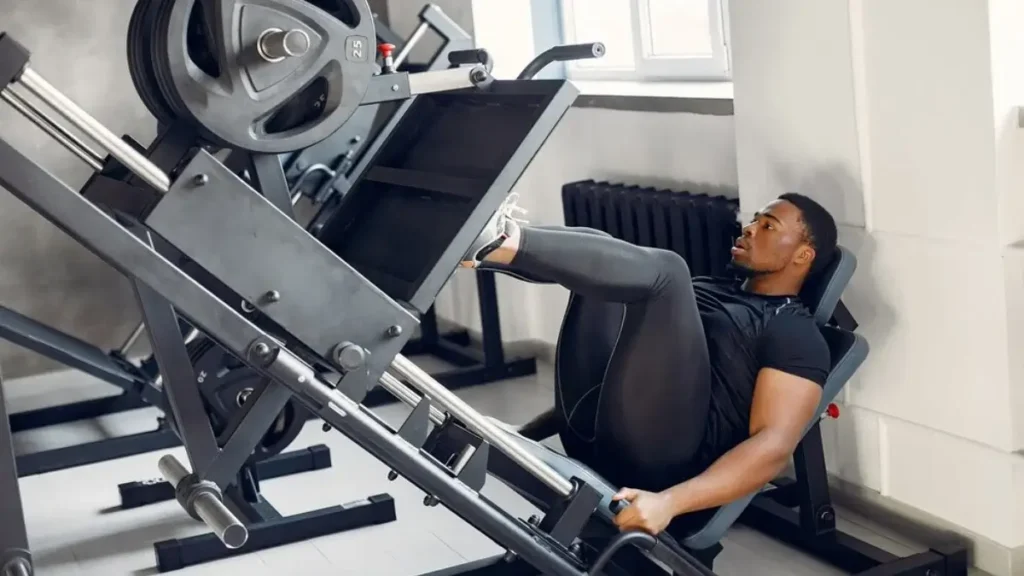
- You will also include the face pulls with resistance bands exercise, which is good for the rear deltoids and postural improvement. This relates to the exercise and goes perfectly with the workout for the rowing bench, strongly preventing one from having an injury in the shoulder.
- Renegade rows are a compound exercise that directly engages a couple of muscles, which are the core, chest, shoulders, and back, using a set of dumbbells or kettlebells.
Conclusion
In brief, row benches can perform necessary functions both for a gym and a workout space because they allow targeted use for several groups of muscles at the same time, and the general load allows a full-body workout, which suits not only beginners but also athletes who have clear, strict goals in fitness.
-

 GENERAL2 months ago
GENERAL2 months agoUncovering the World of кинокрадко: The Dark Side of Film Piracy
-

 GENERAL1 month ago
GENERAL1 month agoUnveiling the Art of преводсч: How Translators Bridge Language Barriers
-

 YOGA1 year ago
YOGA1 year ago4 Person Yoga Poses for Beginners
-

 GENERAL2 months ago
GENERAL2 months agoThe Journey of iamnobody89757: From Anonymous User to Internet Sensation



